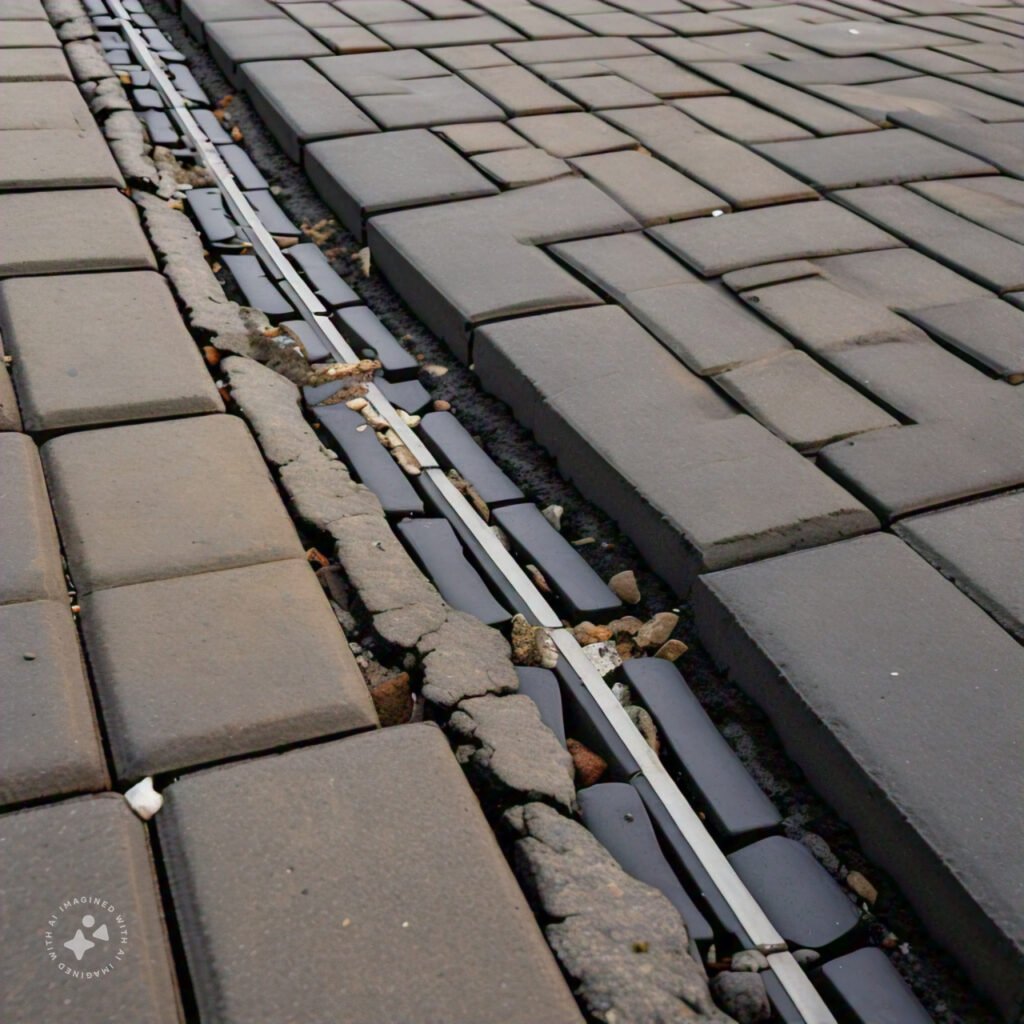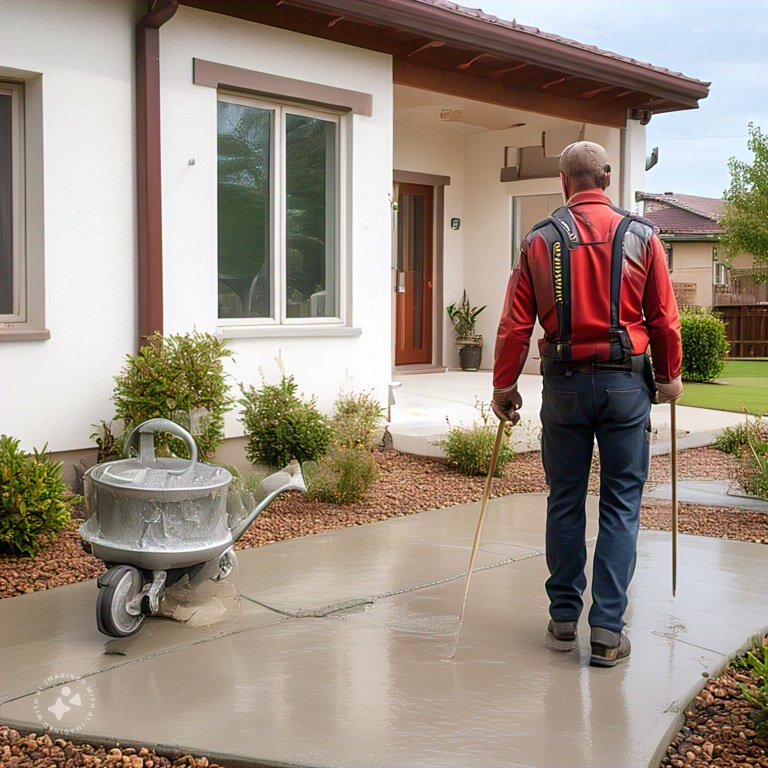Expansion Joints
When it comes to paving roads, driveways, or sidewalks, one of the most overlooked yet critical aspects are the proper installation of joint seals and expansion joints. These features play a vital role in protecting the pavement from cracks, water infiltration, and early failure. By allowing controlled movement and preventing water from penetrating the surface, joint seals and expansion joints extend the life of your pavement. In this article, we will dive into the importance of joint seals and expansion joints, their functions, and how to ensure they are correctly installed for maximum pavement durability.
Cross Construction Services
1. What Are Joint Seals and Expansion Joints?
Joint seals and expansion joints are designed to manage the natural movement that occurs in pavement due to temperature changes, load stress, and environmental conditions.
- Joint Seals: These are flexible materials, often made from silicone or polyurethane, that fill the gaps between sections of pavement. They prevent water and debris from seeping into the joints, which can cause erosion and cracking.
- Expansion Joints: These are designed to absorb the expansion and contraction of the pavement due to temperature fluctuations. Without expansion joints, the pavement would crack as it expands in hot weather and contracts in cold weather.
2. Why Are Joint Seals and Expansion Joints Critical for Pavement Durability?
- Prevents Water Damage: Water is one of the primary causes of pavement failure. When water seeps into the pavement through cracks or unsealed joints, it can weaken the subgrade and lead to erosion and potholes. Joint seals prevent this by creating a barrier against moisture.
- Allows for Natural Movement: Pavement naturally expands and contracts with changes in temperature. Expansion joints allow the pavement to move without causing cracks or structural damage.
- Reduces Maintenance Costs: By protecting the pavement from early wear and tear, joint seals and expansion joints help reduce the need for frequent repairs and extend the overall lifespan of the pavement.
3. Best Practices for Installing Joint Seals and Expansion Joints
- Choose the Right Materials: Joint sealants come in various forms, including silicone, polyurethane, and bituminous materials. Choose a sealant that is flexible, durable, and resistant to environmental conditions.
- Proper Placement: Expansion joints should be placed at regular intervals, typically every 15 feet for concrete pavements. Joint seals should be applied to all joints immediately after the pavement is installed to prevent moisture infiltration.
- Regular Maintenance: Over time, joint seals may deteriorate due to weather conditions and traffic. Regularly inspect and replace damaged seals to ensure continued protection.
4. Frequently Asked Questions About Joint Seals and Expansion Joints
- How often should joint seals be replaced? Joint seals typically last 5-10 years, depending on the material and environmental conditions. However, regular inspections are recommended to identify any cracks or damage that may require early replacement.
- Can joint seals be added to the existing pavement? Yes, joint seals can be applied to existing pavement as a preventative measure to extend its lifespan. If the pavement is already showing signs of wear, sealing the joints can help prevent further damage.
Concrete Solutions
Joint seals and expansion joints are critical elements in protecting pavement from early failure. By allowing for natural movement and preventing water infiltration, these features help ensure that your pavement remains durable and long-lasting. Whether you’re installing new pavement or maintaining an existing surface, investing in high-quality joint seals and expansion joints is essential for reducing maintenance costs and improving road safety.


